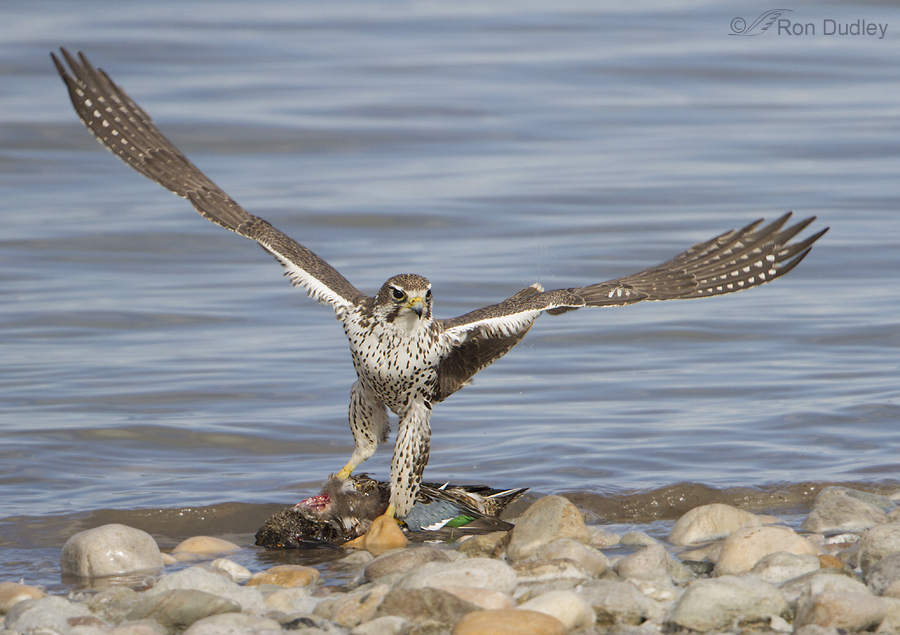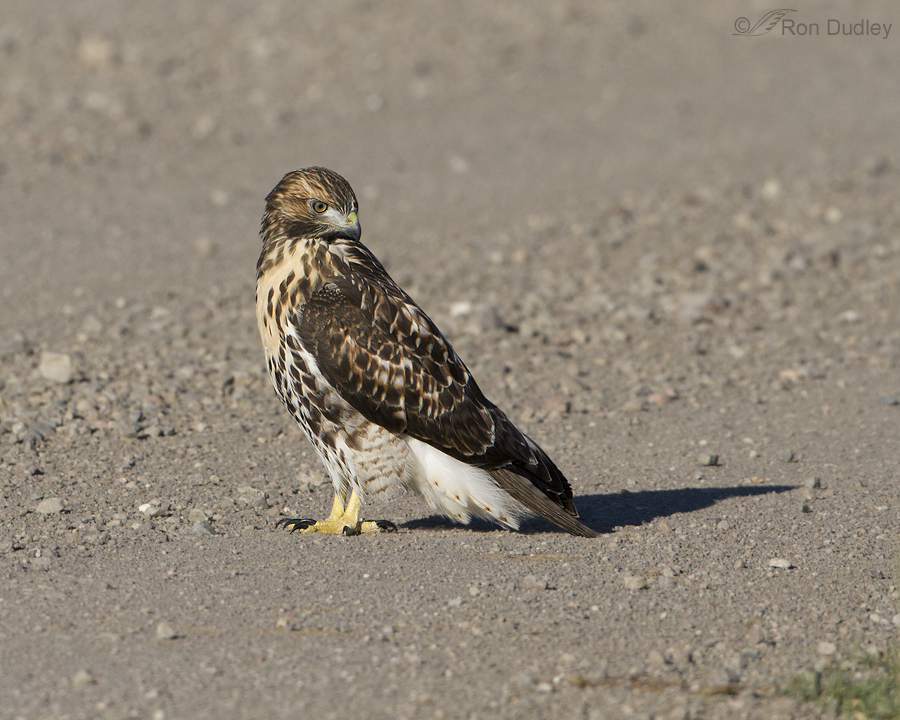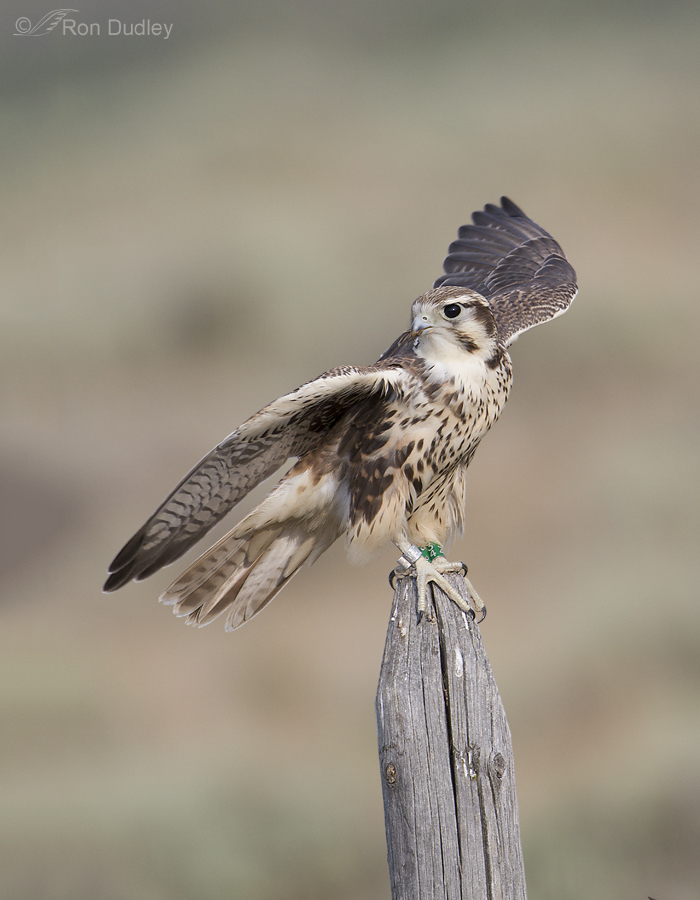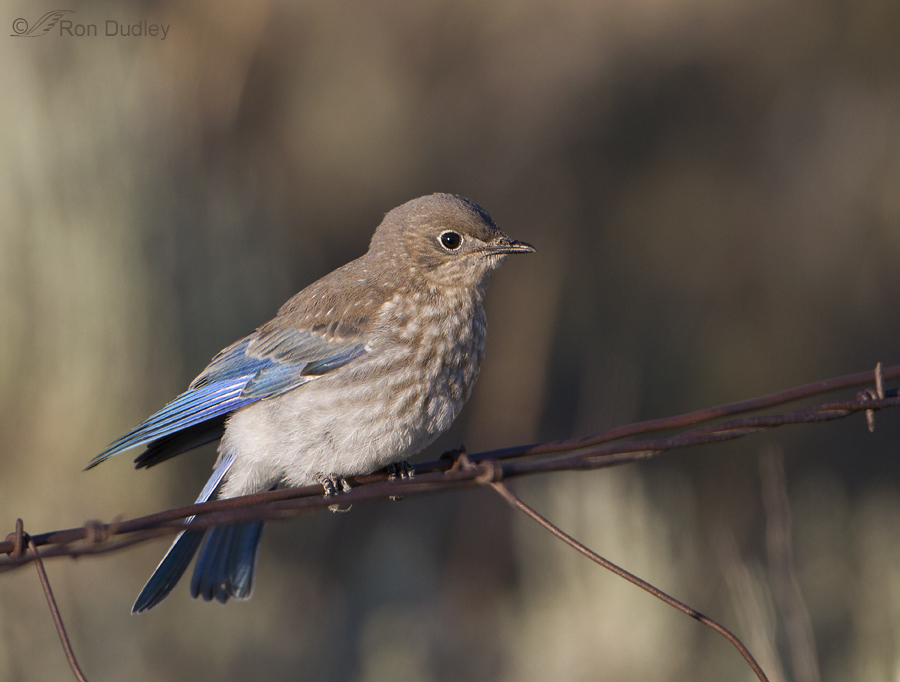Tag: hunting
A Montana Coyote On The Prowl
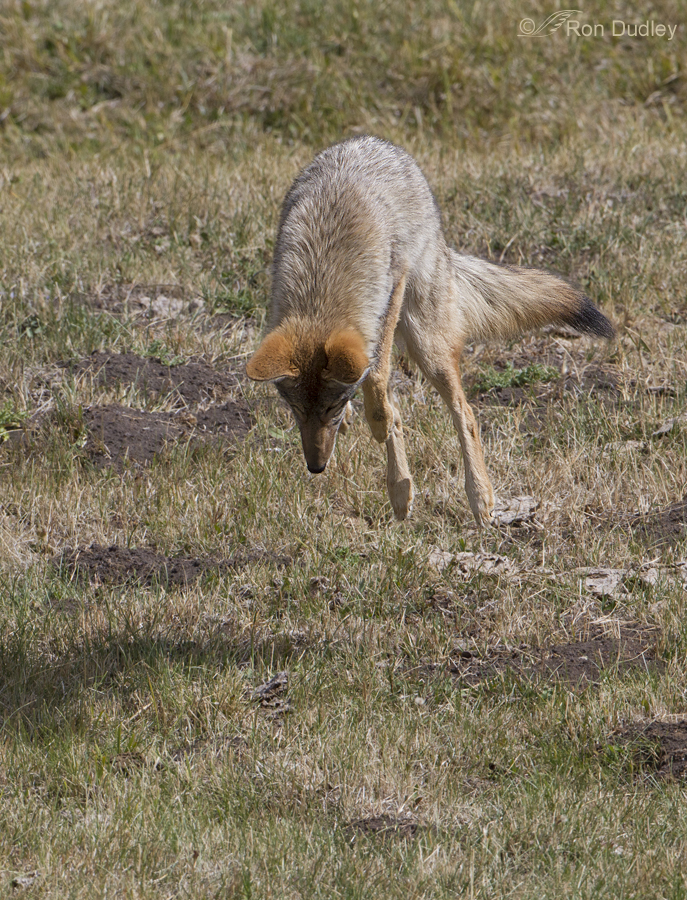
One afternoon on our latest Montana trip we decided to do a little “sploring” (as we call it) and investigate some country new to us so we spent several hours cruising the back roads on the south side of the Centennial Mountains. We found a beautiful mountain valley very close to the continental divide that provided a variety of habitats but few birds.
But it did give me my best photographic opportunity ever with a Montana coyote.
Red-tailed Hawk Gliding To Its Prey
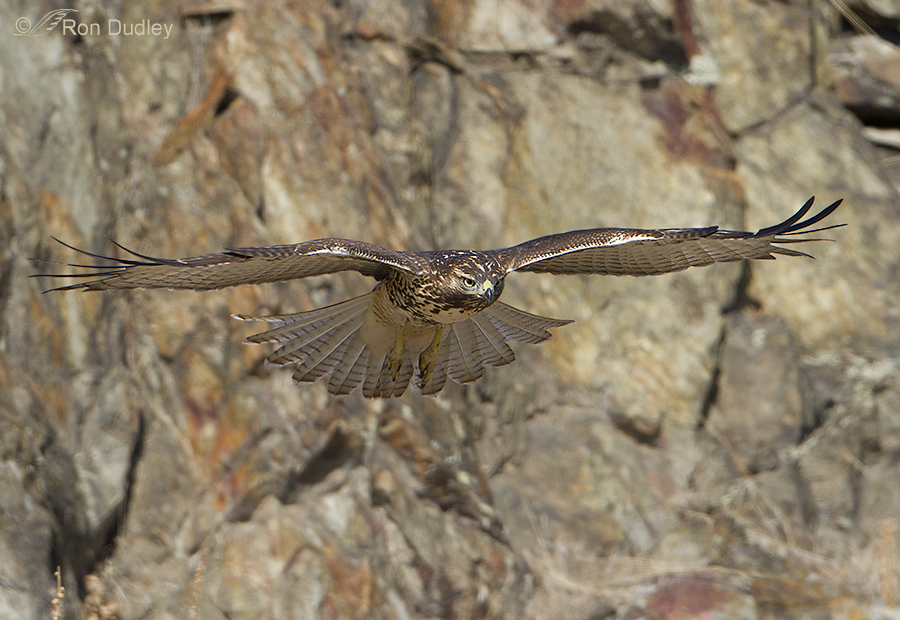
About a year ago I spent some time with this juvenile Red-tailed Hawk as it honed its hunting skills. It wasn’t yet a very good hunter but it sure tried hard. It typically perched on top of some rocky outcrops as it scanned the grassy slopes below for voles. Then it would swoop down and make its attempt, though it seldom caught anything that I was aware of. Learning to hunt isn’t easy and the price to pay for failure is a dear one.
Why Did The Red-tailed Hawk Stand On The Road?
A Tough Subject – Mourning Dove In Flight
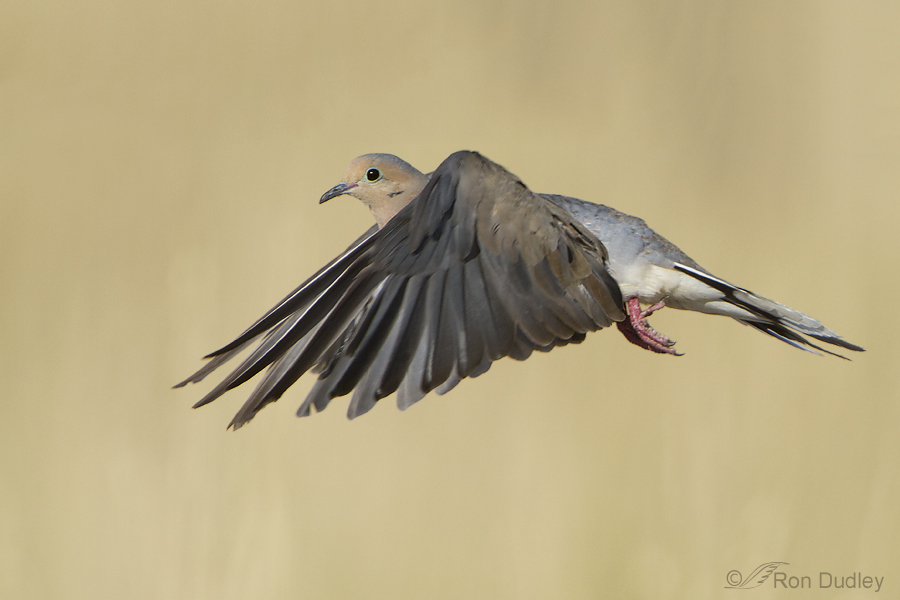
Mourning Doves one of the most difficult of all species I’ve ever attempted to photograph in flight. Their flight is fast and erratic and their take-off speed impressive (most observers are aware of the whistling noise made by their incredibly fast wing beats as they take off and land). All this makes for an aggravatingly difficult bird to photograph in flight – whether at take-off or in full flight. Until yesterday morning I still didn’t have a Mourning Dove flight shot.
The Tamest Prairie Falcon Of Them All
Montana Prairie Falcons And Hordes of Grasshoppers
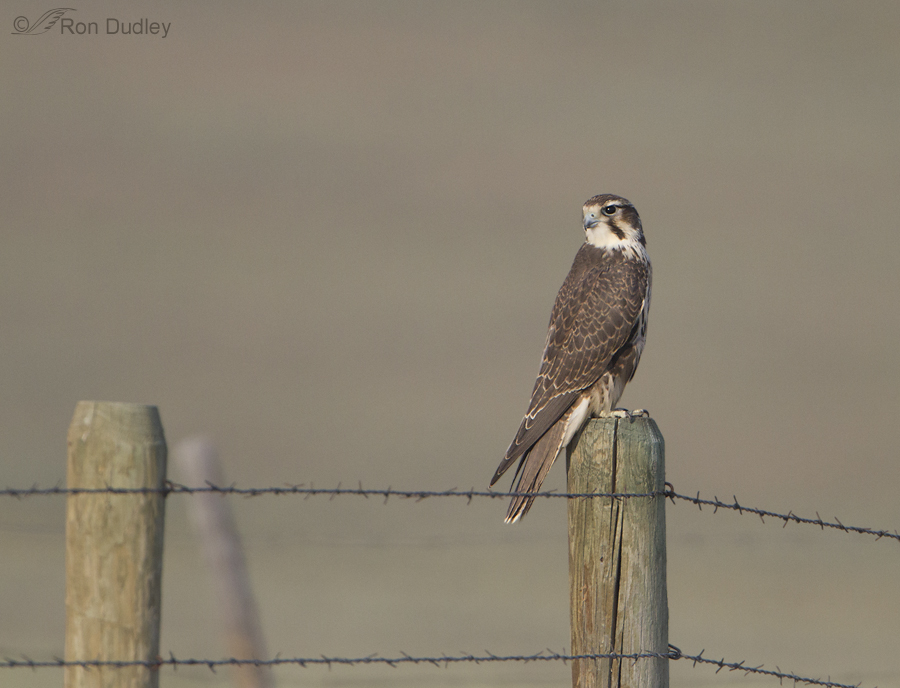
I learned something last week in Montana’s Centennial Valley – Prairie Falcons eat insects.
In the past I’ve only seen them eat birds and small mammals and cursory research had backed up that observation but if you dig a little deeper in your research (Birds of North America Online, for example) you’ll find mention of lizards and insects being included in their diet. My friend (master falconer) Mark Runnels says that “Prairie Falcons will eat anything. In really bad years I have even heard of them feeding on carrion. You’ll never see a Peregrine do that!”
Juvenile Mountain Bluebird
Western Wood-Peewee
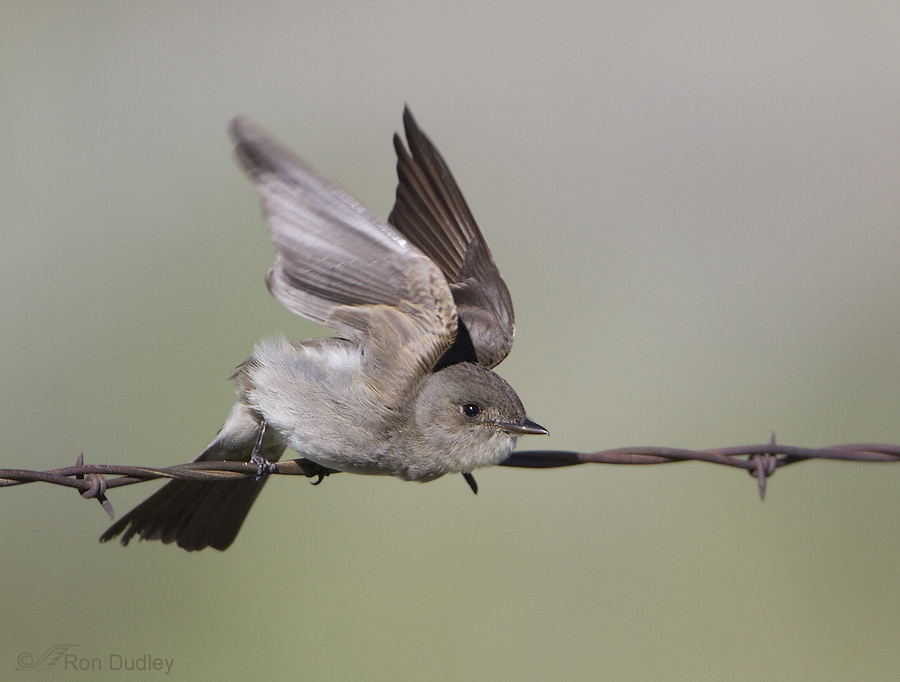
I often make the observation that one of the reasons I’m a bird photographer rather than a birder is because many of the trappings of traditional birding simply don’t appeal to me – keeping lists, in particular. But I’ll admit that getting a “lifer” rings my bell.
And a lifer I got on this last Montana trip – a Western Wood-Peewee. Several of them, in fact.
Red-tailed Hawk – A Twisting Take-off After Prey
The sturdy, broad-winged buteos tend to be large raptors with correspondingly slower movements than most smaller birds. Most of the time when I’m watching them they’re hunting from an elevated perch or soaring overhead and in neither situation do they typically demonstrate much quickness or agility.
But they can put on quite the show when they need to.
Mountain Plovers On Antelope Island – Yes, Here In Utah!
As I reported on my last post, Mia and I found two Mountain Plovers on Antelope Island yesterday. They’re rare in Utah and I had never seen the species before, even in my travels to Montana and Wyoming where they’re more common. It was a very exciting day.
Great Blue Heron Canopy Feeding?
I’ve spent a fair number of years now photographing Great Blue Herons and I’d never before seen this behavior from the species.
Rough-legged Hawk With A Peculiar Hunting Technique
I’ve spent many hours watching Rough-legged Hawks hunt. Nearly always they hunt from the air or from elevated perches but several years ago this bird showed me a technique I had never seen before and haven’t since. All of these images are presented in the order they were taken. Techs for these shots were: 1/2000 – 1/3200, f/8. ISO 400, 500 f/4, 1.4 tc, natural light, not baited, set up or called in I found the hawk on the ground and as I approached it in my pickup it didn’t fly off as I expected it would. Here it’s looking at me but most of the time it was scanning the grasses in the vicinity – obviously hunting for voles from the ground. It would lift off but only fly a few feet before it landed again. In this first lift-off it had vegetation in its talons. I’ve seen them do this before – it’s almost like they’re reluctant to let go of the plant material after they’ve missed the prey. The hawk landed again… And intensely scanned the surrounding area for prey. Then another take-off… and it flew within inches of the ground… before it pounced on a vole and swallowed it. Then it continued to hunt in the same manner. Another take-off… and another. There’s blood on the right foot from the last vole. The hawk repeatedly did the same thing – take…
Short-eared Owl Perch-hunting
A couple of weeks ago I posted two shots of this Short-eared Owl perched on this frost-covered rabbitbrush. In those images the bird was reacting to me which isn’t really a natural behavior. A direct look toward the viewer from those strikingly colorful eyes is certainly riveting but more natural behaviors also appeal to me. 1/500, f/8, ISO 500, 500 f/4, 1.4 t c, natural light, not baited, set up or called in Short-eared Owls hunt primarily “on the wing” – they’re typically not “sit and wait” hunters like many other raptors. But this bird noticed what was probably a vole at the base of the rabbitbrush and its reaction to it was obvious. It stared intently down for some time which resulted in a natural pose that I like. Ron
Red-tailed Hawk – Intensity At Take-off
Raptors at take-off typically have a “focused” look about them – they’re all business. But I thought the intensity of purpose of this Red-tailed Hawk was particularly evident. 1/3200, f/7.1, ISO 500, 500 f/4, 1.4 tc, natural light, not baited, set up or called in Red-tails are “perch-and-wait” hunters so when they take off after prey they already have their eye on it and their focus is seldom diverted as they swoop in for the kill. This juvenile was hunting voles from an elevated rock perch on Antelope Island several months ago. I’ve had few opportunities with red-tails since all the snow piled up around here. Hopefully that will soon change… Ron


